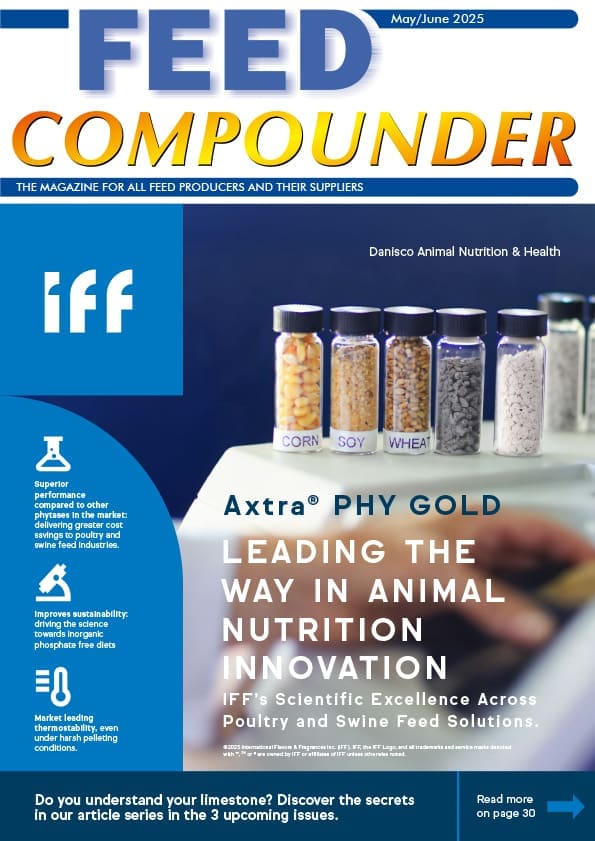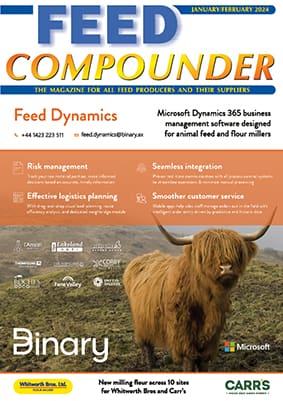Pet owners are now more invested in their pets’ health and well-being, and are seeking food options that provide high nutritional benefits, and enhanced taste. This shift is pushing pet food manufacturers to focus not only on the nutritional content of their products but also on palatability to meet the demands of health-conscious owners.
According to a recent report, the global pet food market size was valued at $120.87 billion in 2023 and is projected to grow from $126.66 billion in 2024 to $193.65 billion by 2032*, with premium products playing a significant role in this growth.
Henning Gerstenkorn, Business Development Manager, Animal Health at Ohly, a provider of yeast-based ingredients for palatability, discusses the impact of “premiumisation” on the pet food industry. He explores how innovative techniques can meet the growing demand for customised products, addressing the evolving needs of pet owners seeking higher-quality options for their pets.
Increased premiumisation of pet products

Pet owners are prioritising the quality of ingredients and demanding transparency about the nutritional content of the pet food they purchase. Many customers prefer speciality diets involving grain-free, hypoallergenic, and organic options for their pets.
Many pet foods now include premium ingredients like selected meat, fish, and vegetables, along with functional ingredients such as yeast extracts, probiotics and omega-3 and 6 fatty acids.
Yeast extracts can enhance pet food palatability by drawing out savoury umami flavours with their naturally occurring glutamic acid and nucleotide profiles. Yeast extracts provide meaty and roasted notes that appeal to carnivorous pets more than grain-based flavours, ensuring animals enjoy their food and consume enough to get sufficient nutrients in their diet.
Additionally, yeast extracts can effectively mask undesirable flavours, making them valuable for improving the taste of pet supplements and medicines. Palatability is even more critical in these types of formulations containing ingredients like vitamins, trace minerals or pharmaceuticals which are nutritionally important but which may have off-putting flavours or textures for pets.
Catering to the preferences of pets and consumers
One of the most difficult challenges manufacturers face is catering to “picky eaters.” Pets are not only sensitive to taste but also to texture, smell, and even the shape of the kibble.
In a recent survey, 85% of pet owners considered palatability one of the most important factors when selecting food, underscoring how critical it is for manufacturers to get the flavour profile right**.
Palatants, ingredients added to pet food to improve mouthfeel and appeal, are key to making sure pets enjoy their meals.
Modern palatant technologies are sophisticated with many pet food manufacturers incorporating functional yeasts that can support healthy feeding behaviour, like Ohly-GO® Meaty. As a rich source of palatable amino acids, yeast extracts can balance the taste of food so that pets eat more and get the vital nutrients they need.
Ohly-GO® Meaty is a yeast extract derived from Saccharomyces cerevisiae, providing delicate meaty notes as well as free amino acids and peptides. It’s particularly suited to carnivorous animals and has shown great results in dog food.
Product innovation and customisation
To remain competitive, businesses are increasingly focusing on tailoring their products to specific consumer needs. The industry is seeing advancements in palatability enhancers that can mask the taste of bitter but nutritious ingredients. Ohly-GO® KTD, for example, is a yeast extract which can provide particularly strong roasted notes which are specifically suited to carnivorous animals such as cats.
Manufacturers must find a balance between their aim for high-quality products and cost considerations. Producing highly palatable products can be costly, and manufacturers must decide how to divide resources between flavour enhancements and nutritional additives. This delicate balance often requires extensive testing to ensure that pets receive not only balanced nutrition but also a product they will readily consume.
As the pet food industry evolves, manufacturers that innovate to cater to pets’ nuanced preferences, as well as meet the nutritional standards of health-conscious owners, will stand out in this competitive market.
Henning Gerstenkorn, Business Development Manager, Animal Health at Ohly says:
“Palatants are essential pet food ingredients for enhancing taste, and masking the off-notes of functional additives or alternative proteins, particularly for carnivorous pets.
“Yeast extracts are rich in palatable ingredients like amino acids and nucleotides. These aid palatability by intensifying and drawing out savoury flavours in both pet food and animal feed. Additionally, nucleotides are known to support immune function and enhance overall animal health.
“These elements occur naturally in yeast, which means that they’re both easy to harness and a perfectly healthy solution for pet food or animal feed products.”



